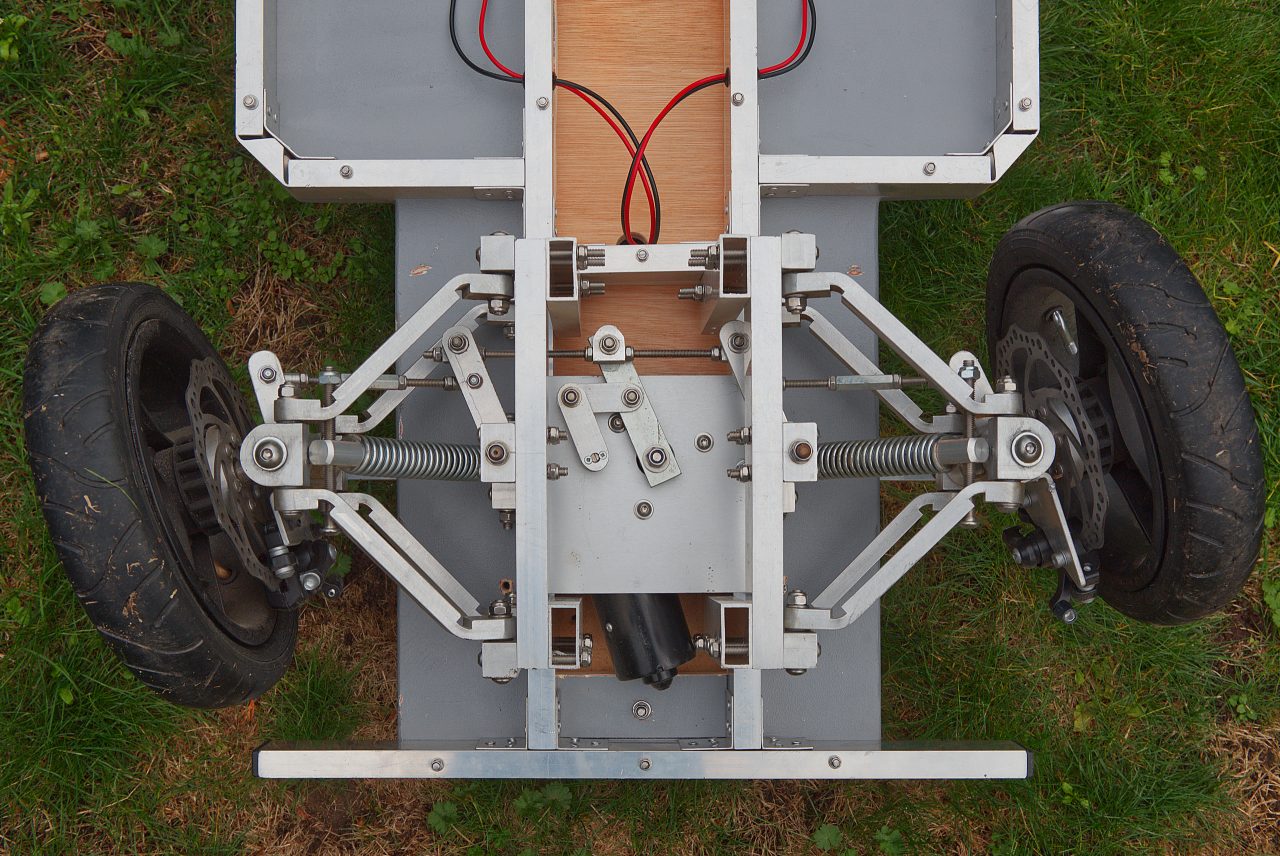Engineering
Modified:
In practical terms, for me engineering means designing and building complete, usable end products, such as a lab power supply, an autonomous vehicle, a piece of furniture, or an ornament. The product will often but not always require more than one area of expertise to complete it, such as 3D modelling, electronics, metalwork, software development, etc.
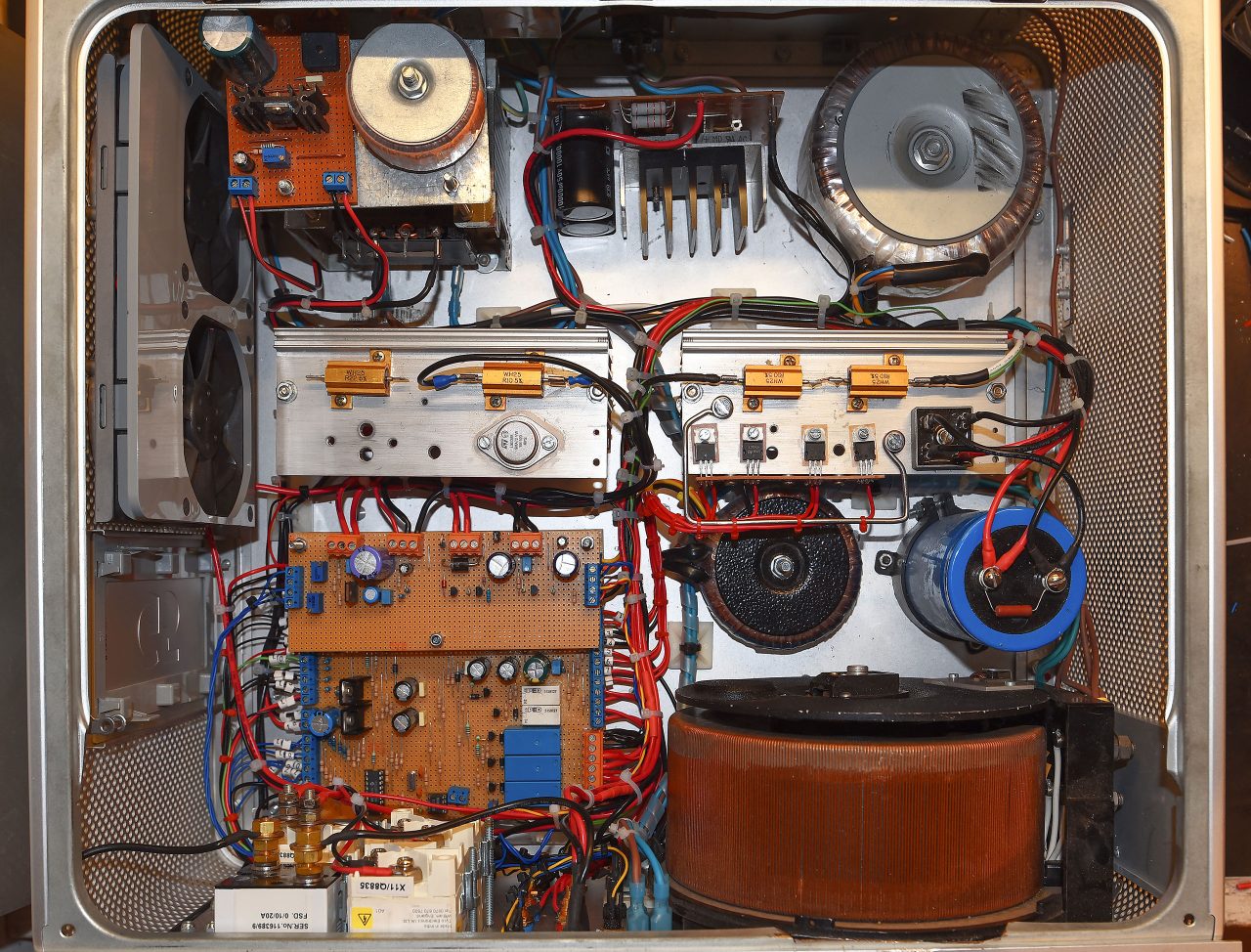
I have acquired most of the skills I employ to create a finished product organically, while others I have had training for (electronics, metalwork, software). Being an autodidact, I continually research ideas and technology to improve my knowledge and apply it to my projects. I discover varying approaches to specific tasks and then choose my favoured method or a combination of techniques, or redesign from scratch using my own ideas.
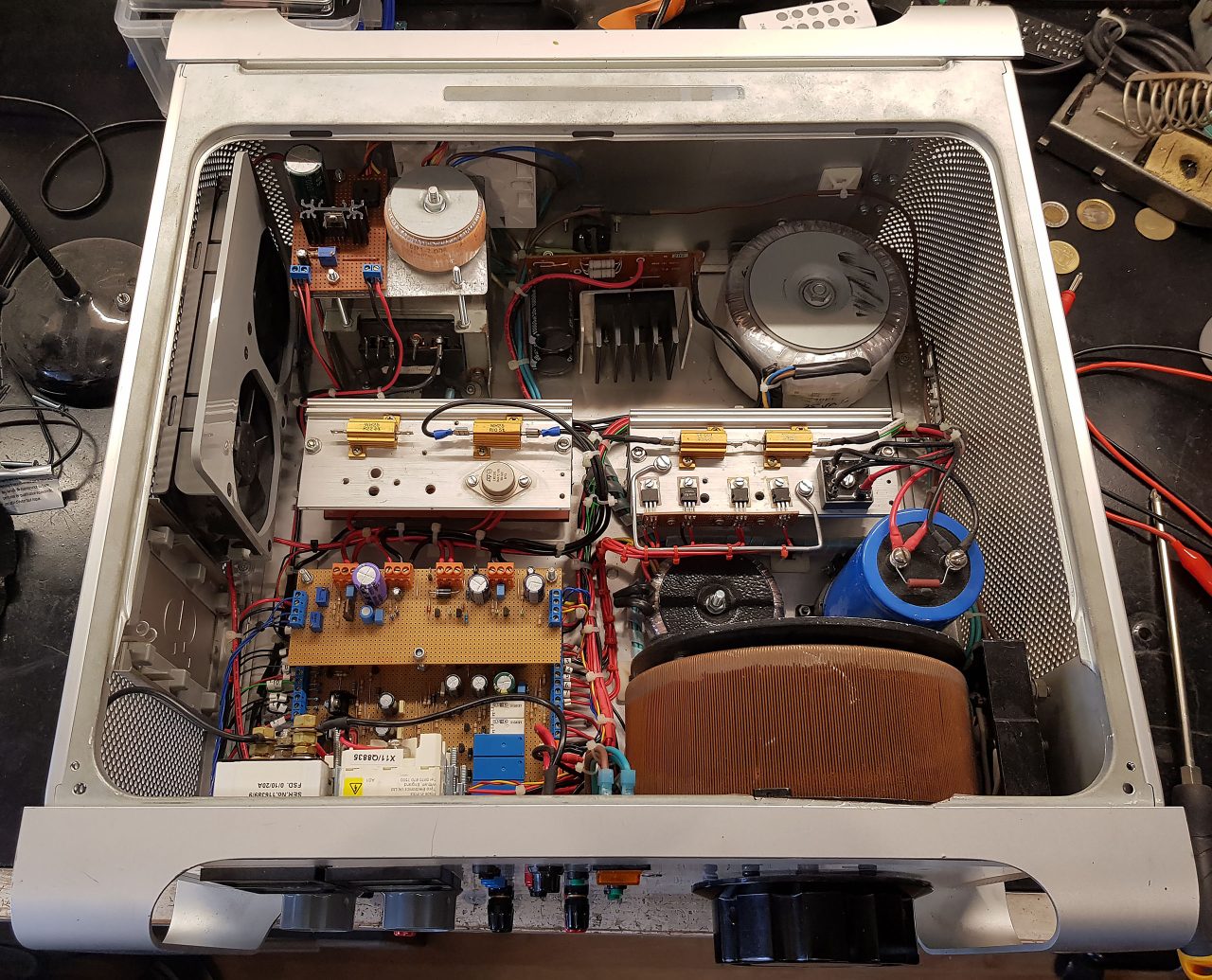
I am therefore very appreciative of the large amount of resources available on the internet and specifically YouTube, with many people sharing ideas and designs.
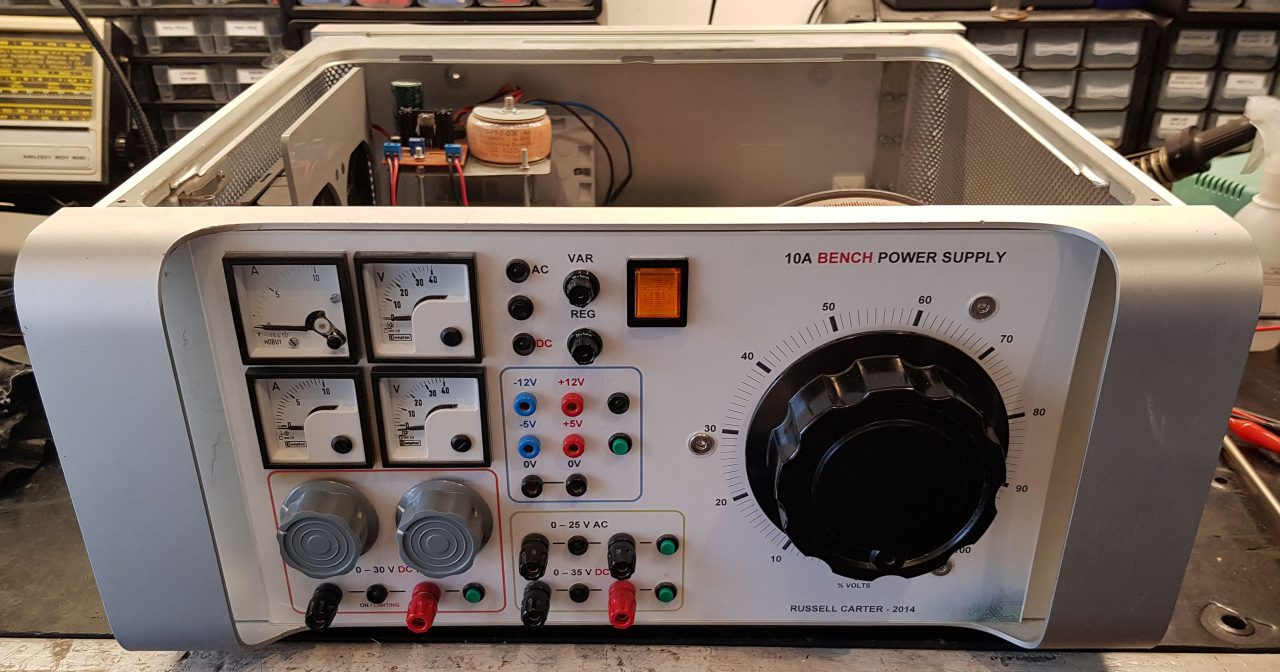
Engineering demands careful planning, as it involves designing and assembling multiple discrete components that must integrate seamlessly. This requires careful attention to spatial layout, interfacing, electrical isolation, thermal management, vibration damping and user interface design to ensure reliable performance, safety and usability. This can be as detailed as creating a 3D model or simply putting components into a box to see if they fit.
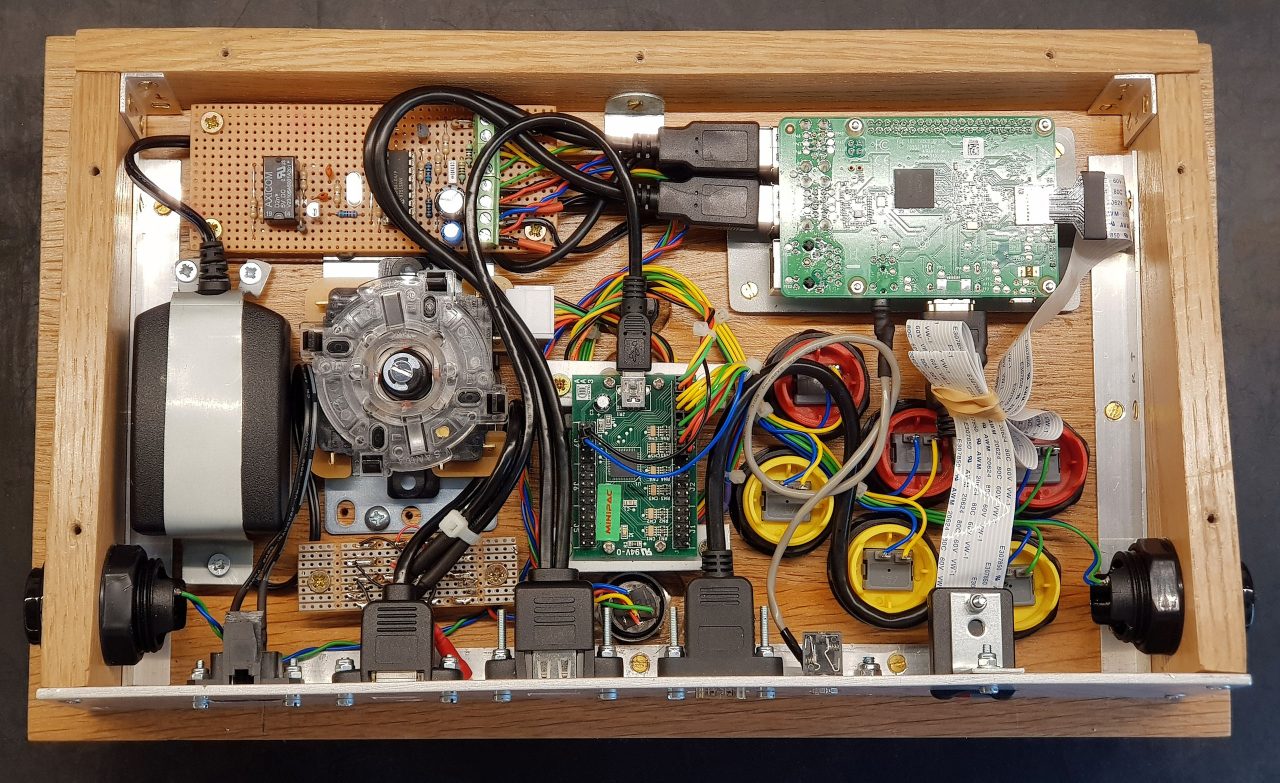
Testing components individually before full assembly reduces the likelihood of needing to disassemble the product later to diagnose faults.
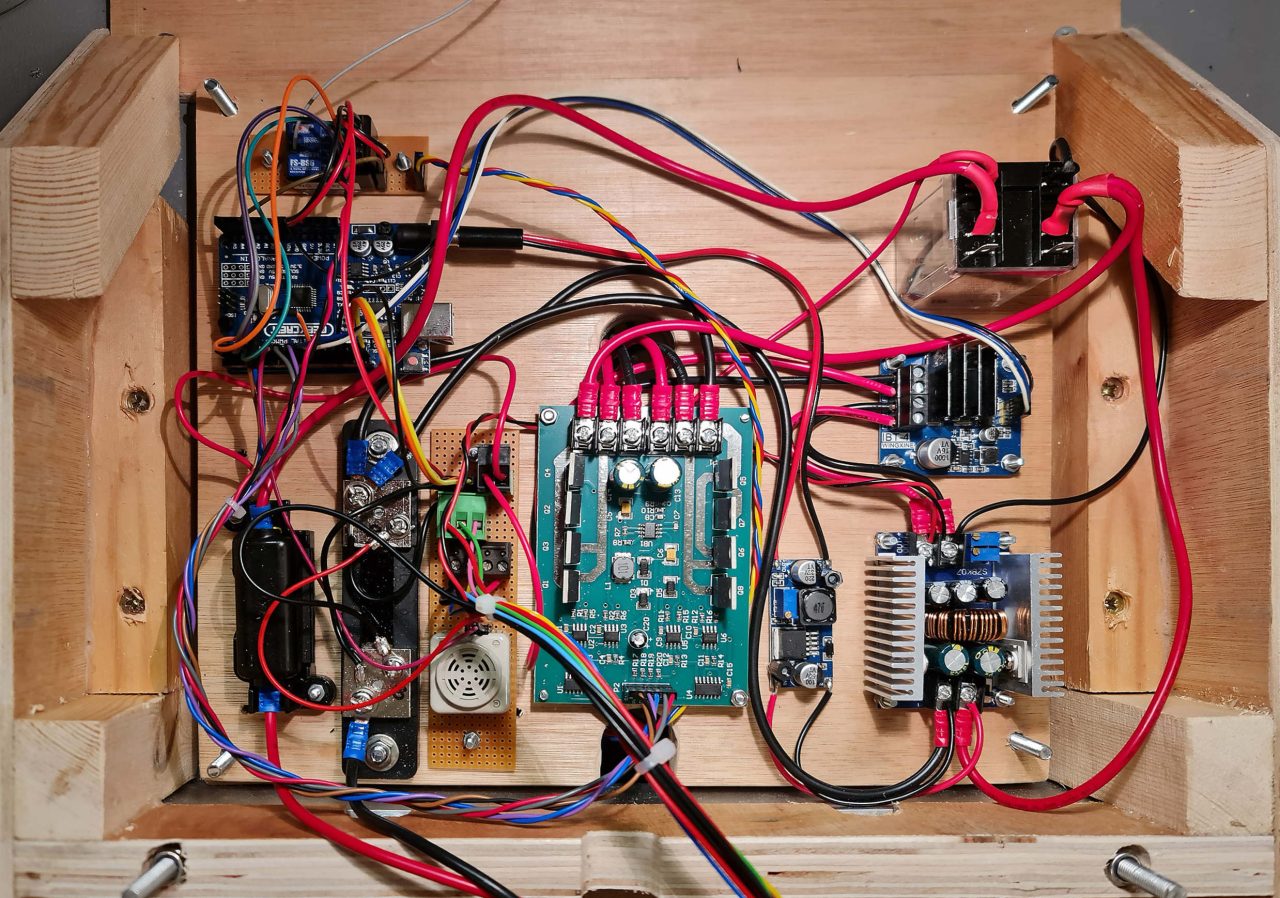
Enhancing the product can be achieved through a process of iteration, which practically mean altering the design of a circuit, enclosure or mechanical part, or modifying the code for microcontrollers etc.

